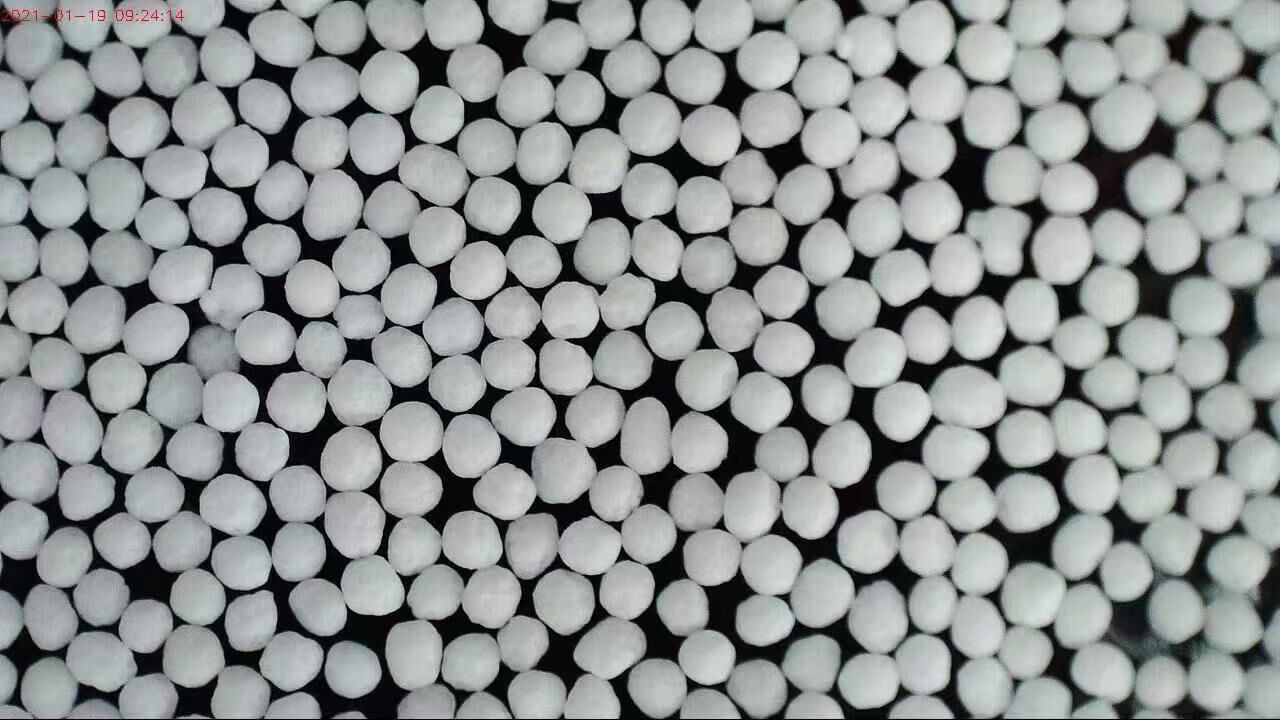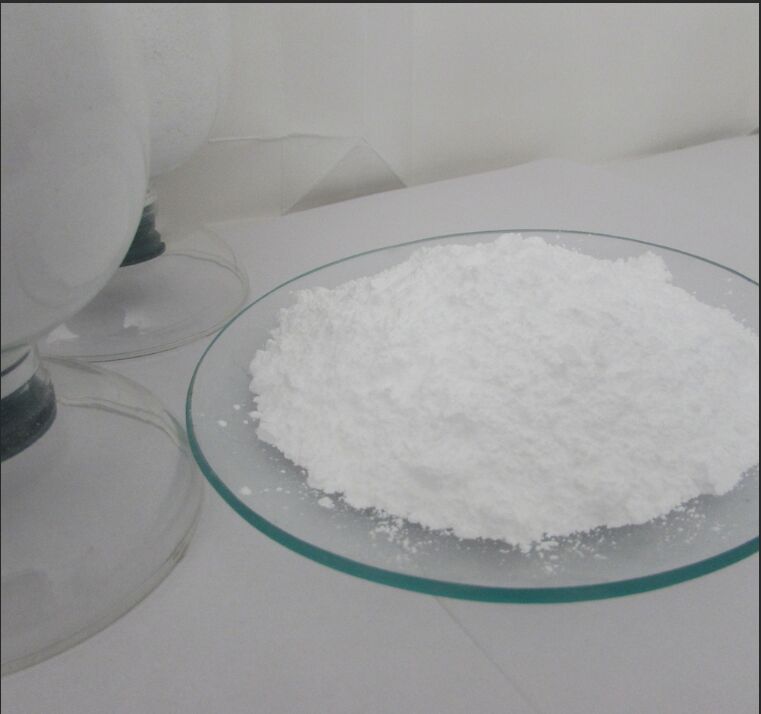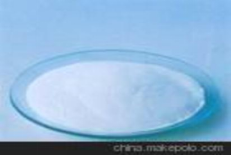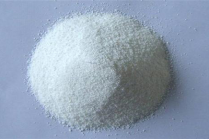
MESSAGE
CAS 15630-89-4
EINECS 239-707-6
Chemical formula 2Na2CO3-3H2O2
Molecular weight 140.003
InChI InChI=1/CH2O3.2Na.H2O2/c2-1(3)4;;;1-2/h(H2,2,3,4);;;1-2H/q;2*+1;/p-2
Boiling point 333.6°C at 760 mmHg
Flash point 169.8°C
Vapour pressure 2.58E-05mmHg at 25°C
Physical and Chemical Properties Sensitive Moisture Sensitive White crystalline or crystalline powder. Contains approximately 25% H202, which is released when exposed to moisture. A strong oxidising agent.
It is used as a raw material for low-phosphorus and non-phosphorus laundry detergents, as a rinsing agent and colour reducer in the textile industry, and also as a disinfectant and deodoriser on its own. Milk preservative (can be used together with lactoperoxidase/thiocyanate/peroxide to form raw milk preservative). The general dosage is 50mg/kg, which can keep fresh for 7-8h at 30℃ and 5-6 days at 3-5℃.
Sodium peroxycarbonate - Properties
Sodium peroxycarbonate is short for sodium peroxide. It has the appearance of a white, loose, well-fluid granular or powdered solid, odourless, easily soluble in water, also known as sodium peroxydicarbonate. Solid powder. Hygroscopic. Stable when dry. Decomposes slowly in air to form carbon dioxide and oxygen. Decomposes rapidly in water to sodium bicarbonate and oxygen. Decomposes in dilute sulphuric acid to produce a quantitative amount of hydrogen peroxide. Can be made by reaction of sodium carbonate and hydrogen peroxide. Used as an oxidising agent.
Sodium peroxycarbonate - Method of preparation
Dry method: Production involves the spraying of a hydrogen peroxide solution onto anhydrous sodium carbonate on a fluidised bed with hot air boiling to produce sodium peroxide crystals. This method is rarely used in industry due to the simplicity of the production process and production flow, the poor stability of the product produced and the low active oxygen content.
Wet method: A small amount of stabiliser is added to the aqueous hydrogen peroxide solution and the reaction is carried out under certain temperature conditions, followed by rate, drying and separation to obtain the product. This method produces products with good stability and mature technology, and is widely used in industry.
Sodium peroxycarbonate - Uses
Sodium percarbonate is widely used as a new type of detergent auxiliary, textile and paper bleaching and brightening agent, medical oxygenating agent, disinfectant and germicidal agent, fruit preservative, metal cleaner, mouth gum cleaner, dye developer, etc. in the daily chemical industry, detergent industry, food industry, textile industry, medical hygiene, etc. Sodium percarbonate has a more desirable bleaching effect in industrial sodium perborate.
Sodium peroxycarbonate - Safety
Oxidising agent. Hazard code number: GB 5.1 Class 51503. UN NO. 2467I IMDG CODE page 5182, Class 5.1 (this rule does not apply to sodium peroxynitrate). In case of fire, it can be extinguished with sand and earth and various fire extinguishers. Sodium percarbonate decomposes easily in the presence of light and the dust irritates mucous membranes, so avoid exposure to light or prolonged inhalation. After contact with the skin, it should be rinsed with water. Wear gloves and a dust mask when using large quantities or when in contact with sodium percarbonate. To protect the eyes. Protective measures: ① It should be stored in a cool, dry warehouse, the temperature inside the warehouse should be lower than 40℃, avoid high temperature, pay attention to moisture. Keep away from fire and heat sources, and do not mix with reducing substances in storage. ② Protect from sun and rain when transporting. When loading and unloading, be gentle and prevent the packaging from breaking. Use plastic woven bags lined with two layers of polyethylene plastic bags or wooden barrels with a net weight of 25kg or 50kg, and store in a cool, dry warehouse. The storage temperature should be below 40°C, avoiding high temperatures. Pay attention to moisture and the packaging must be sealed. Keep away from heat sources and fire. Do not store and transport with reducing substances. Protect from rain and sunlight when transporting. When loading and unloading, be gentle and prevent damage to the packaging.
Products Recommended
Please give us a message




